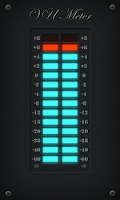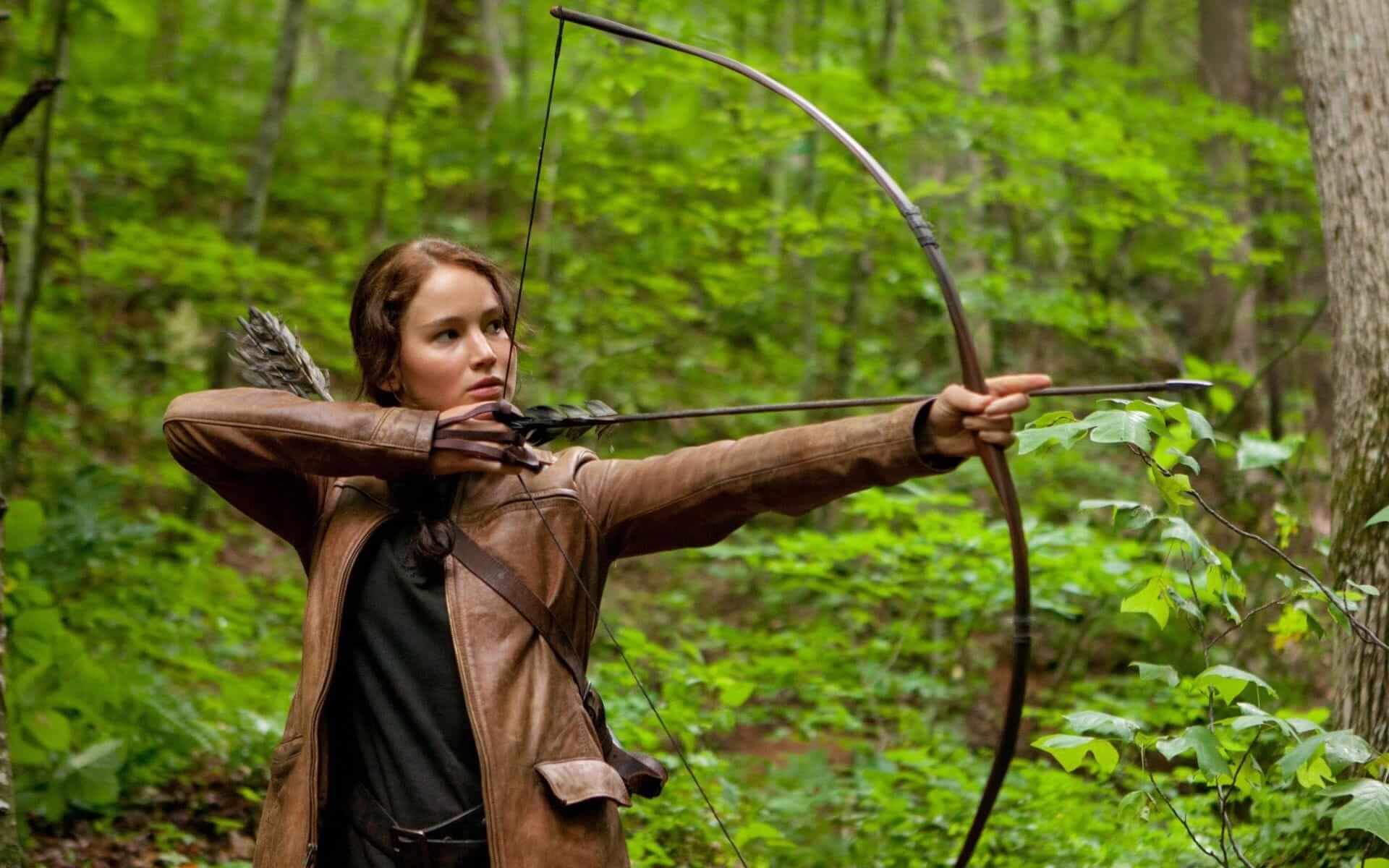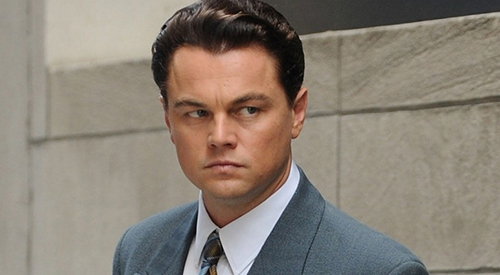-
My poster was inspired by two different GOT posters that I had seen online and my idea was to combine the two designs to create my own poster. The first deign was of the Game of Thrones title with a smoke / cloud look behind it and the second design was the have one of the main characters in the center behind the text with a grunge effect.
Research
-
Some other examples of posters I looked at were :
Target Audience
-
My target audience is young adults both male and female. This is because recent surveys have show that most the Game of Thrones' viewers are between the ages of 18-24 and some under 18.
Design Visuals
-
When creating the poster I decided to have bleeding edges and three columns so that the picture is center and the text sits within the boarders. First I started with off the the image of Sansa, on top of that added an image of a cracked wall, I used the warp tool to make it look like it was wrapping round here face. I then played around with the liquify until I got the look I wanted, after doing so I changed the blending mode to 'darken' and slightly adjusted the opacity. Then I duplicated the layer, inverted it, turned the blending mode to 'screen' and toggled the 'blend if' settings to give the cracks a shadow effect. I then added some brightness and gradient adjustment layers.
For the text I used two fonts called 'game of thrones' and 'Trajan pro'. In order to make the top of the 'T' longer I converted it to shape and used the 'direct selection tool' to move it. I then added an 'emboss' effect and an outer glow and some clouds in the background. Finally I adjusted the colours.
-































